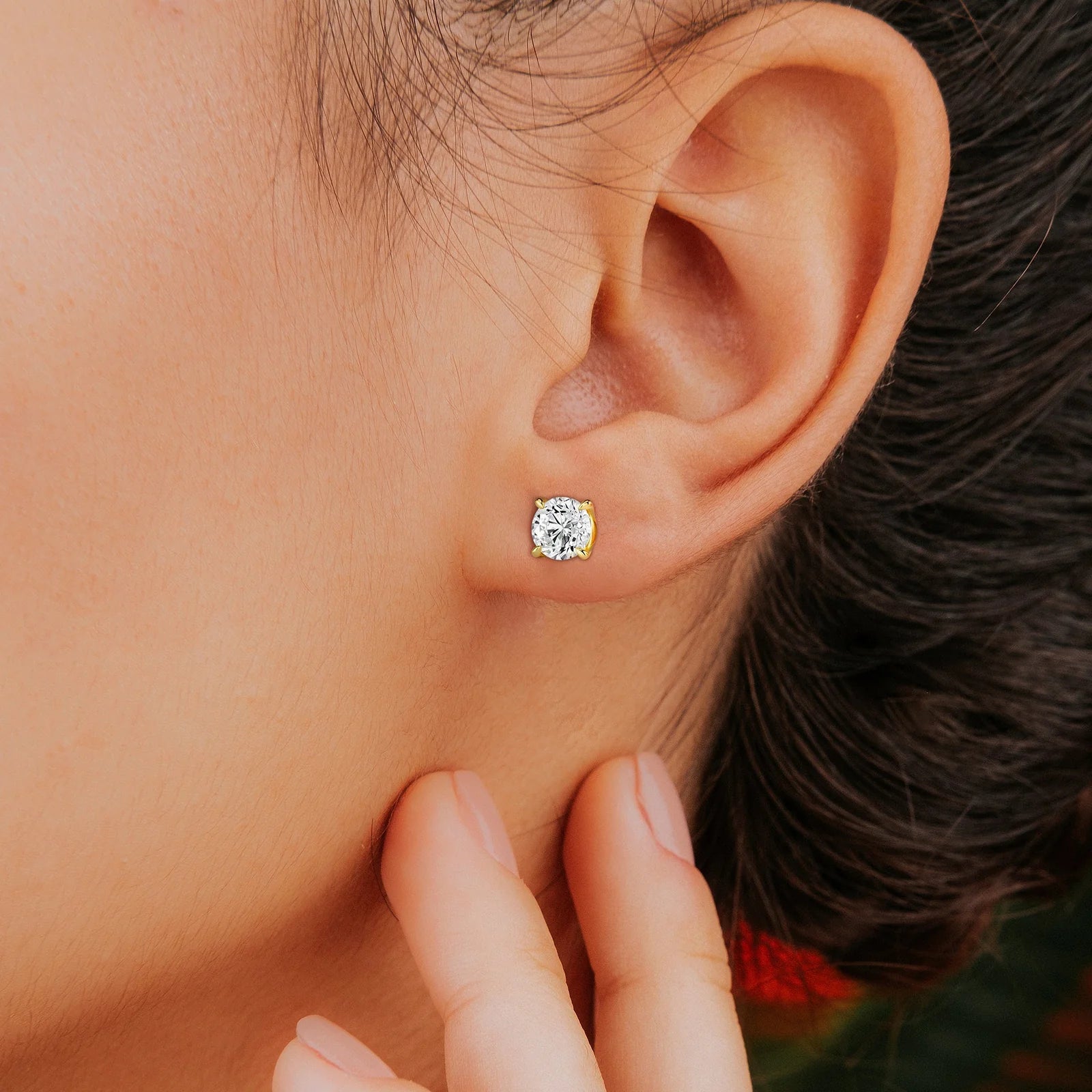Unlock the Secret Shine: Expert Tips for Perfectly Cleaning Your Fine Jewelry!
Fine jewelry is not just an accessory; it's an investment, a memory, and often a family heirloom. Over time, dirt, oils, and even cosmetics can dull the sparkle of your beloved pieces, making regular fine jewelry cleaning essential to maintain their beauty and longevity. However, many people harbor misconceptions about how to clean their jewelry, believing that harsh chemicals or abrasive materials are the answer. In truth, the best cleaning methods depend significantly on the materials used in your jewelry. From gold to pearls, understanding these differences is key to ensuring that your jewelry remains as radiant as the day you bought it.

Understanding Different Jewelry Materials
Fine jewelry can be crafted from a variety of materials, each with unique properties. Gold, whether yellow, white, or rose, is relatively durable but can still scratch or tarnish. Silver, on the other hand, is softer and prone to tarnishing, necessitating gentle care. Platinum is hypoallergenic and resistant to tarnish but requires special attention to maintain its luster. Gemstones present their own challenges—while diamonds are hard and can withstand a fair amount of cleaning, softer stones like opals and emeralds may be damaged by harsh chemicals. Finally, pearls are particularly delicate; their organic composition can be harmed by moisture and chemicals. Understanding these material nuances will guide you in choosing the right cleaning method for your jewelry.
General Cleaning Techniques
For most fine jewelry, a gentle cleaning routine can work wonders. Start with a bowl of lukewarm water mixed with a few drops of mild dish soap. Soak your jewelry for a few minutes to loosen any grime, then use a soft-bristle toothbrush or a microfiber cloth to gently scrub the surfaces, paying special attention to crevices where dirt tends to accumulate. Rinse thoroughly under running water, ensuring that you’re over a bowl or sink strainer to catch any loose stones. Finally, dry your jewelry with a soft cloth. This simple technique can be highly effective for maintaining the shine of your pieces without causing damage.
Special Considerations for Delicate Items
When it comes to cleaning delicate jewelry, caution is paramount. Pieces featuring soft gemstones like pearls, turquoise, or opals should be cleaned with even more care. For these items, it's often best to simply wipe them down with a soft, damp cloth to remove dirt without soaking them in water. Additionally, intricate settings or those with multiple stones may require professional cleaning to ensure that all components are properly cared for without risk of losing a stone. A friend of mine once had a stunning antique ring that she cleaned herself, only to discover later that a small gemstone had come loose. This experience highlights the importance of knowing when to seek help.
Homemade Cleaning Solutions
If you prefer to make your own cleaning solutions, many household products can effectively clean your jewelry without harsh chemicals. A simple mixture of equal parts vinegar and water can work wonders on tarnished silver, while a paste made of baking soda and water is excellent for scrubbing gold and platinum pieces. Just apply the paste gently, allow it to sit for a few minutes, and then rinse thoroughly. Dish soap mixed with warm water remains one of the safest and most effective methods for cleaning jewelry of all types. These homemade solutions not only save you money but also give you peace of mind knowing exactly what’s going onto your precious items.
When to Seek Professional Help
While regular cleaning can keep your jewelry looking beautiful, certain situations call for professional intervention. If you have intricate designs, inherited heirlooms, or high-value pieces, it’s wise to consult a professional jeweler for cleaning or repairs. Professionals have the tools and expertise required to handle more complicated issues, like resetting loose stones or polishing tarnished metals without causing damage. A colleague once shared how a professional cleaning restored the luster of her grandmother’s wedding ring—something she never thought could be brought back to life. Investing in professional cleaning for your most cherished items can be a worthwhile decision.
Maintaining Your Jewelry's Shine and Value
Regular cleaning and proper care are essential for maintaining the shine and value of your fine jewelry. By understanding the unique requirements of each material and implementing the outlined cleaning practices, you can enhance the longevity of your pieces. Remember the importance of professional help for delicate and high-value items, as this ensures they are treated with the care they deserve. With knowledge about your specific jewelry, you’ll be empowered to keep your treasures looking their best for years to come.







